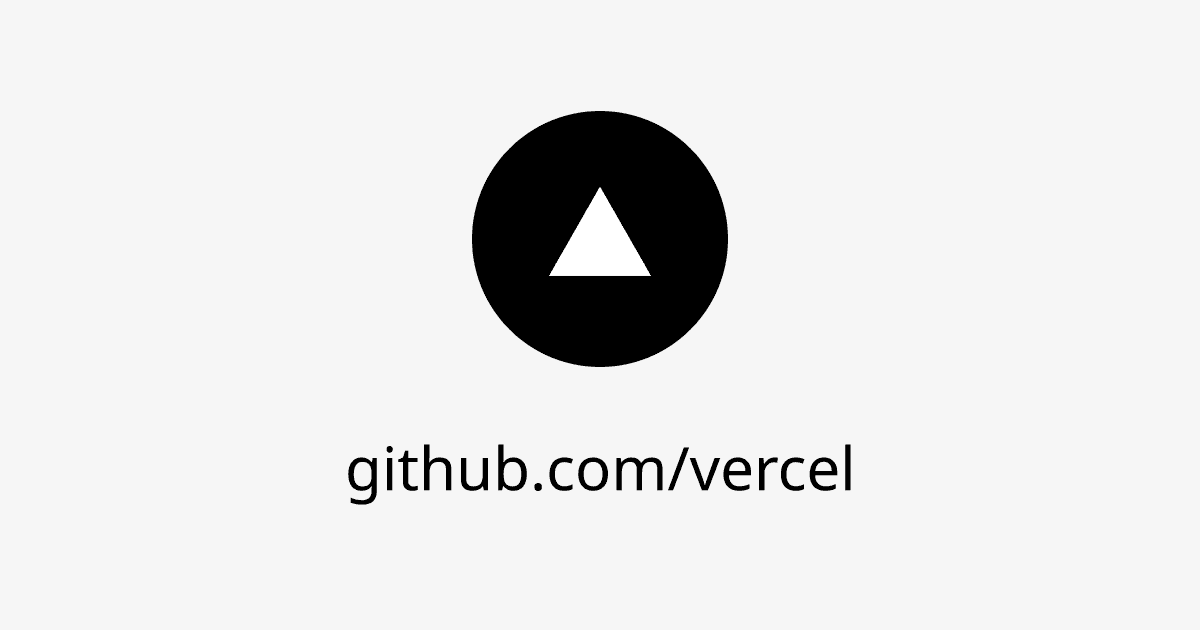You can use the following code sample to explore using parameters and different content types with next/og. To learn more about OG Image Generation, see Open Graph Image Generation.
Create an API route handler:
import { ImageResponse } from 'next/og';// App router includes @vercel/og.// No need to install it.
export async function GET(request: Request) { const { searchParams } = new URL(request.url); const username = searchParams.get('username'); if (!username) { return new ImageResponse(<>Visit with "?username=vercel"</>, { width: 1200, height: 630, }); }
return new ImageResponse( ( <div style={{ display: 'flex', fontSize: 60, color: 'black', background: '#f6f6f6', width: '100%', height: '100%', paddingTop: 50, flexDirection: 'column', justifyContent: 'center', alignItems: 'center', }} > <img width="256" height="256" src={`https://github.com/${username}.png`} style={{ borderRadius: 128, }} /> <p>github.com/{username}</p> </div> ), { width: 1200, height: 630, }, );}import { ImageResponse } from 'next/og';// App router includes @vercel/og.// No need to install it.
export async function GET(request) { const { searchParams } = new URL(request.url); const username = searchParams.get('username'); if (!username) { return new ImageResponse(<>Visit with "?username=vercel"</>, { width: 1200, height: 630, }); }
return new ImageResponse( ( <div style={{ display: 'flex', fontSize: 60, color: 'black', background: '#f6f6f6', width: '100%', height: '100%', paddingTop: 50, flexDirection: 'column', justifyContent: 'center', alignItems: 'center', }} > <img width="256" height="256" src={`https://github.com/${username}.png`} style={{ borderRadius: 128, }} /> <p>github.com/{username}</p> </div> ), { width: 1200, height: 630, }, );}If you're not using a framework, you must either add "type": "module" to your package.json or change your JavaScript Functions' file extensions from .js to .mjs
Preview the OG route locally by running the following command:
pnpm devThen, browse to http://localhost:3000/api/og. You will see the following image:


